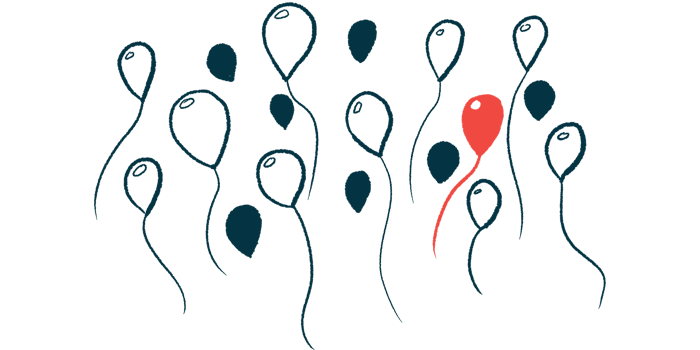Lung tumor found to cause ectopic Cushing’s syndrome in woman, 18
Case report details successful treatment with surgery to remove tumor
Written by |

The rare case of an 18-year-old woman with ectopic Cushing’s syndrome due to a neuroendocrine lung tumor — a rare tumor that may cause Cushing’s — was described by researchers at the Icahn School of Medicine at Mount Sinai in New York.
The patient was successfully treated by surgically removing the tumor, which did not return.
According to the researchers, the woman’s “remarkable clinical improvement” highlights the need for a prompt diagnosis in such patients.
“This case underscores the importance of recognizing this condition as early intervention can lead to complete remission,” the researchers wrote, noting that “medical management may be necessary as a bridge to surgical treatment when patients present with severe Cushing’s symptoms.”
The case was described in detail in a study titled “Finding the culprit: Cushing’s syndrome secondary to lung carcinoid tumor,” which was published in the journal AACE Clinical Case Reports.
Ectopic Cushing’s syndrome caused by tumors outside adrenal, pituitary glands
Cushing’s syndrome is characterized by high levels of the hormone cortisol, normally produced by the adrenal glands that sit atop the kidneys. Cushing’s disease, one of the most common forms of the syndrome, is caused by a tumor in the brain’s pituitary gland that produces excessive amounts of adrenocorticotropic hormone (ACTH), a signaling molecule that triggers cortisol production.
Less frequently, the syndrome is caused by ACTH-producing tumors found in other parts of the body, including the lungs. This is known as ectopic Cushing’s syndrome.
Now, researchers in the U.S. described the rare case of an adolescent woman with ectopic Cushing’s caused by an ACTH-producing lung carcinoid, or slow-growing, tumor.
The patient sought treatment for weight gain, anxiety, heat intolerance, and fatigue that had been occurring for the prior six months. A physical examination showed the woman had purple stretch marks, facial swelling, and fat accumulation between the shoulder blades, often called buffalo hump — all of which are typical symptoms of Cushing’s.
Initial laboratory tests revealed the teenager had high levels of cortisol in the blood, urine, and saliva. Her blood cortisol levels remained elevated following an overnight dexamethasone suppression test, leading to the diagnosis of ACTH-dependent Cushing’s syndrome.
A pituitary MRI scan and inferior petrosal sinus sampling — a test that measures ACTH levels in the veins draining the pituitary gland — failed to reveal the presence of a pituitary tumor, excluding the possibility of Cushing’s disease and leading researchers to suspect ectopic Cushing’s.
The woman underwent a CT scan that revealed the presence of a nodule in her right lung. Within one month after her initial seeking treatment, she also developed low potassium levels, gained eight pounds, started having sleep problems, and experienced depression.
She received treatment with ketoconazole to lower her cortisol levels, spironolactone to increase her blood potassium levels, and other medications to prevent infections and thrombosis — blood vessel blockage caused by blood clots. After her liver enzyme levels became elevated, ketoconazole was replaced by methyrapone, another cortisol-lowering medicine.
This case emphasizes the need for a comprehensive diagnostic approach in patients presenting with ectopic [Cushing’s] and the need for prompt diagnosis and intervention.
The patient then underwent surgery to remove the lung tumor. Further analysis of the removed tissue were consistent with the presence of an atypical carcinoid tumor, a type of tumor that starts in the lungs’ neuroendocrine cells, or those that produce and release hormones into the bloodstream.
After the surgery, her potassium levels normalized, allowing the discontinuing of spironolactone within one week. In the subsequent weeks, her mental health status also improved. She received hydrocortisone for two months until her cortisol and ACTH levels normalized.
At a one-year follow-up visit, the woman had lost 45 pounds, her Cushing’s features had eased, and her muscle strength had improved. Moreover, her cortisol and ACTH levels remained within the normal range, and a CT scan did not reveal tumor recurrence.
“This case emphasizes the need for a comprehensive diagnostic approach in patients presenting with ectopic [Cushing’s] and the need for prompt diagnosis and intervention,” the researchers concluded.






